Cross-curricular teaching can be a great way to help students make connections between different subject areas and deepen their understanding of the topics they are studying. Here are some strategies you can use to incorporate cross-curricular teaching in a primary science unit of work:
- Identify potential connections:
Take some time to identify the subject areas that are closely related to the topic you are teaching in science. For example, if you are teaching about the water cycle, you might identify connections to geography (landforms), language arts (writing descriptive paragraphs), and math (measuring rainfall).
- Plan activities that incorporate multiple subjects:
Once you have identified the connections, plan activities that incorporate multiple subject areas. For example, you might have students create a visual representation of the water cycle using art supplies, write descriptive paragraphs about the different stages of the water cycle, and measure rainfall over a period of time using math skills. - Use literature:
Incorporating literature into your science unit can be a great way to engage students and deepen their understanding. You might use picture books, chapter books, or non-fiction texts that relate to the topic you are teaching. For example, you might read a book about the water cycle or the ocean and have students write a summary or create a visual representation of what they learned.
We Are Water Protectors by Carole Lindstrom - Use technology:
Technology can also be a great tool for cross-curricular teaching. For example, you might have students create a digital presentation about a science topic, using software such as PowerPoint or Google Slides. Alternatively, you might have students use a website or app to collect data or research information about the topic.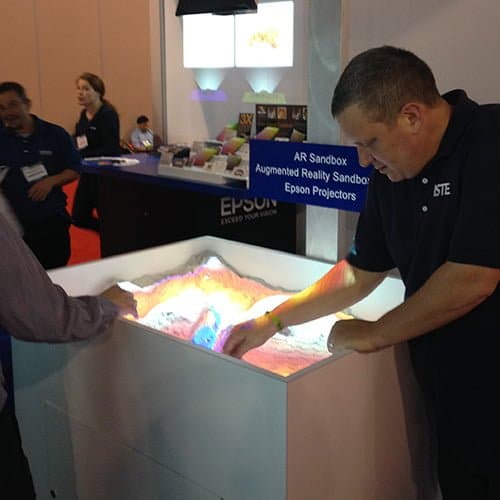
Using augmented reality to explore water moving through different landscapes - Collaborate with other teachers:
Finally, consider collaborating with other teachers to incorporate cross-curricular teaching into your science unit. For example, you might work with a music teacher to plan song activities for your science unit. This can help ensure that students are making connections between different subject areas and getting a more well-rounded education.
Regardless of how you link your unit of work to other areas of education, the more layers you add, the more you will create a rich learning environment!
Happy teaching,
Ben Newsome.
Primary science teaching book
“Be Amazing! How to teach science, the way primary kids love”

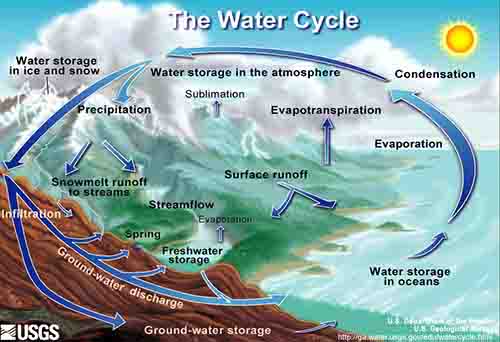

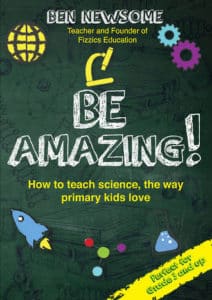





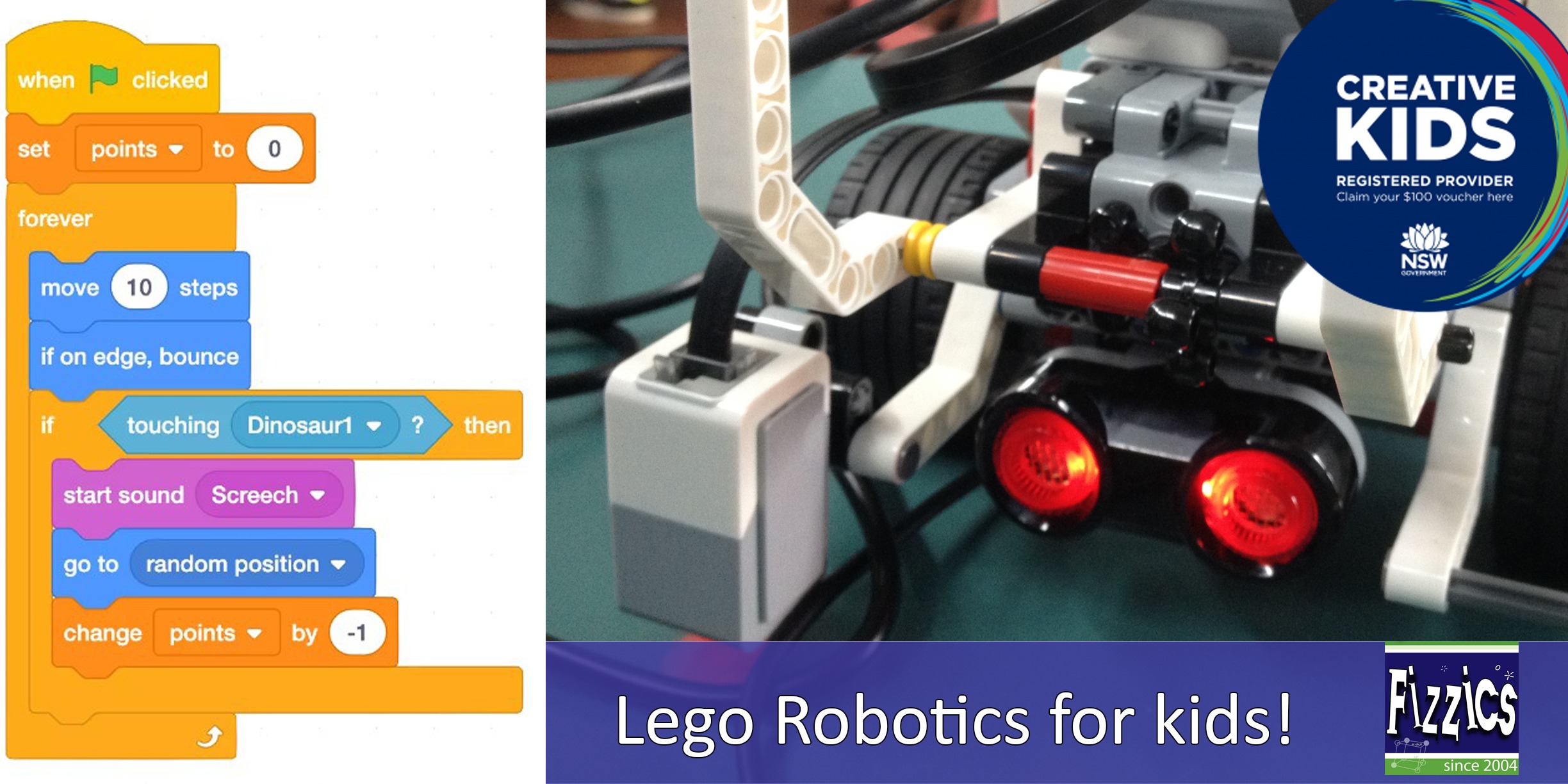
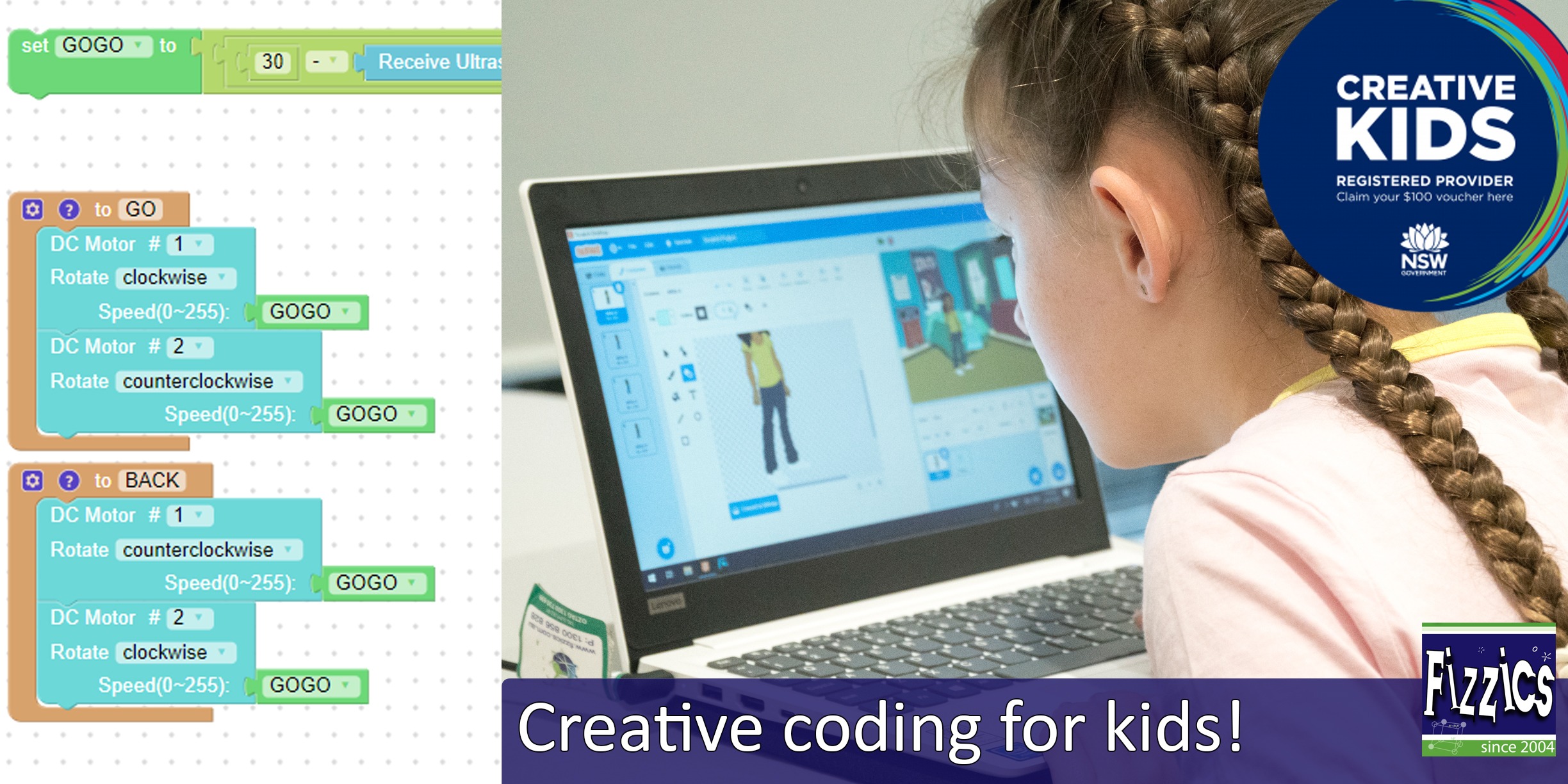
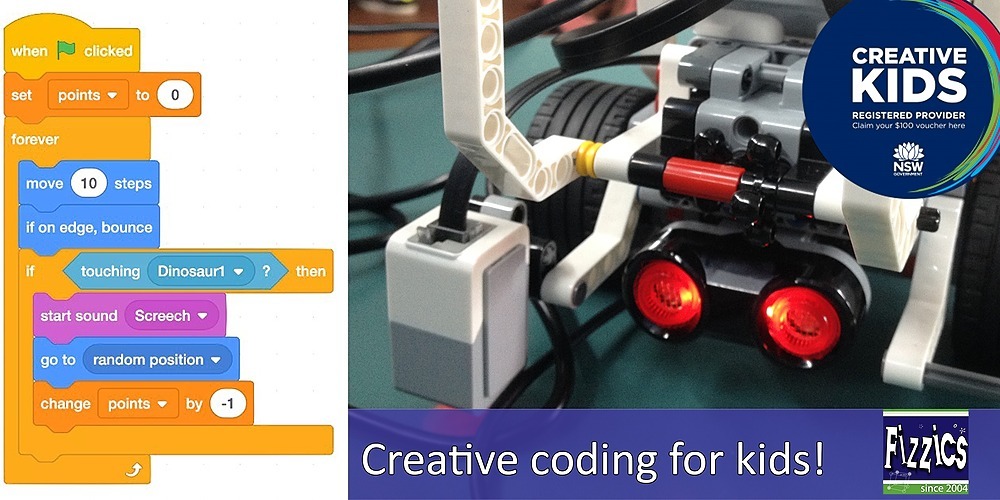
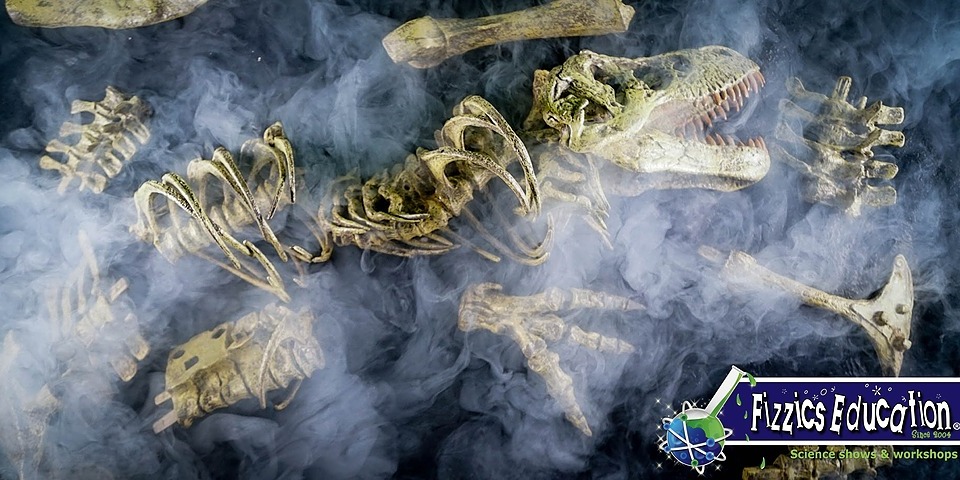




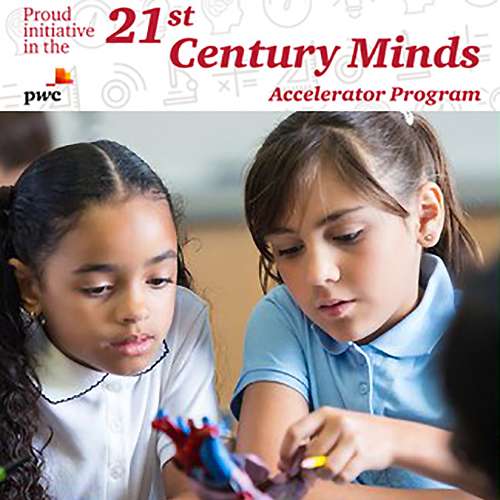







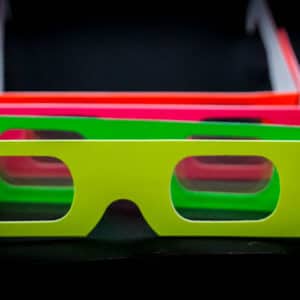



Comments